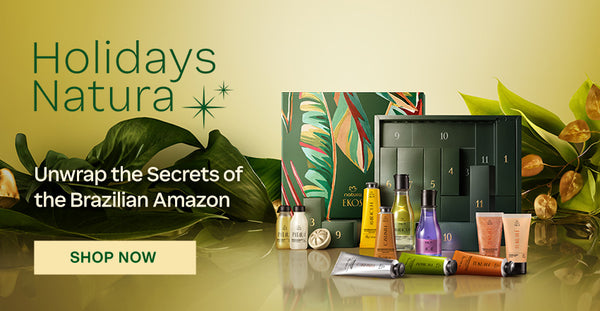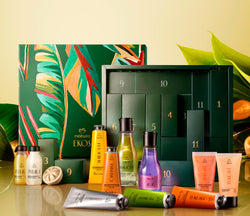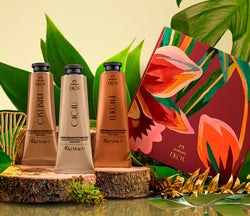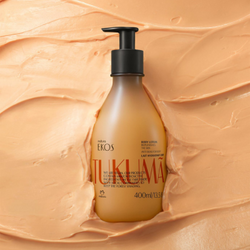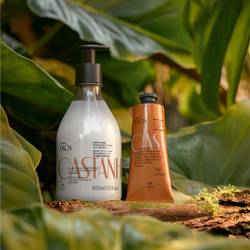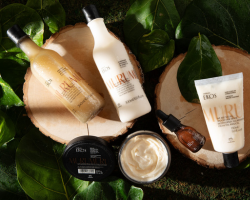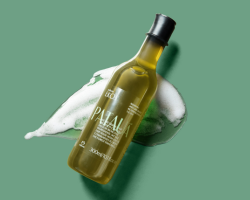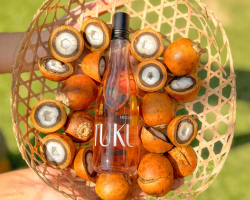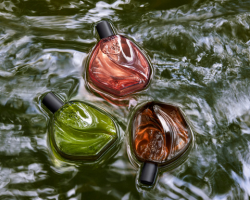sustainability
Empowering Clutches
Colorful bolsinhas, Brazilian raffia clutches, are not only super-chic, they also empower women. We spoke to Marcella Ferri, an Italian entrepreneur based in Bahia, who makes this possible.
- By Gisela Gueiros
When NaturaBrasil was looking for bags to make gift sets featuring their hand creams and soaps, they wanted something distinctly Brazilian, that would also benefit local populations. Luckily, they discovered bags that are at once versatile, modern accessories, and also a perfect example of Brazil’s cultural traditions, in this case hand-crafted along the Northeastern coast of Brazil by a group of local women based in Porto de Sauípe. Whether as a pouch for a date night or a case for sunglasses and lotion at the beach, you can be proud that the proceeds will help support and empower the women who made it.
Marcella Ferri first saw the potential of these amazingly talented artisans when she moved to Bahia from Italy. She helped the women start an association (APSA), and 20 years later they are still going strong. NaturaBrasil recently interviewed Marcella to learn more of the story.
What is the process for making these bags?
They are made from piaçava [attalea funifera] – a local plant native and unique to this region. First the women collect the leaves, but without breaking the plant. It is vital the plant keeps producing – a truly sustainable resource. They then cook the leaves in large pots. The leaves are dried in the shade and then rolled. The rolls are cut it in thin stripes, which are dyed, and then braided and finally stitched into shape. The color combinations are made spontaneously as part of the creative process of each artisan, as well as the stiching pattern. Besides bags, they also make hats, place mats, rugs and baskets.

How did you start the association?
I lived in Salvador and had a very close relationship with the women from Porto de Sauípe, a special place I loved to visit. Tourism was exploding in Bahia and new roads constantly being built. I wanted to help preserve the handmade production of local goods and its spontaneous beauty. I wrote a “miraculous” letter to the first lady (at that time Ruth Cardoso) and she was respectful enough to read it. The real miracle though was she responded! She authorized funding to provide us with the needed resources to start coordinating the production and giving women in the community hints on how to dye the leaves and improve some finishes and techniques, without losing what they knew naturally — something that had been passed from generation to generation.

How many women are part of the association and how old are they?
Their age ranges from 25 to 60. Almost thirty of them work in the office and twice as many belong to the association, but work from home where they sometimes get the help of their daughters and even husbands.
They live from it. Not just them, but their families. It was a very important intervention to this community. And it is a native alternative – it wasn’t imposed on them. It is a matriarchy.
What is the impact of this work on the lives of these women?
It has a fundamental relevance. They live from it. Not just them, but their families. It was a very important intervention to this community. And it is a native alternative – it wasn’t imposed on them. It is a matriarchy. There is fishing, but it is seasonal, and usually the women make more money than their partners. Of course, they did this work before the association, but now they have the structure to keep the quality of the products, succeed as a business, while preserving the original artisanal idea.

